
Travel
13:08, 02-Apr-2019
Reporter's Diary: Travel in Tibet – more than Himalayas
Updated
15:35, 02-Apr-2019
Dong Xue
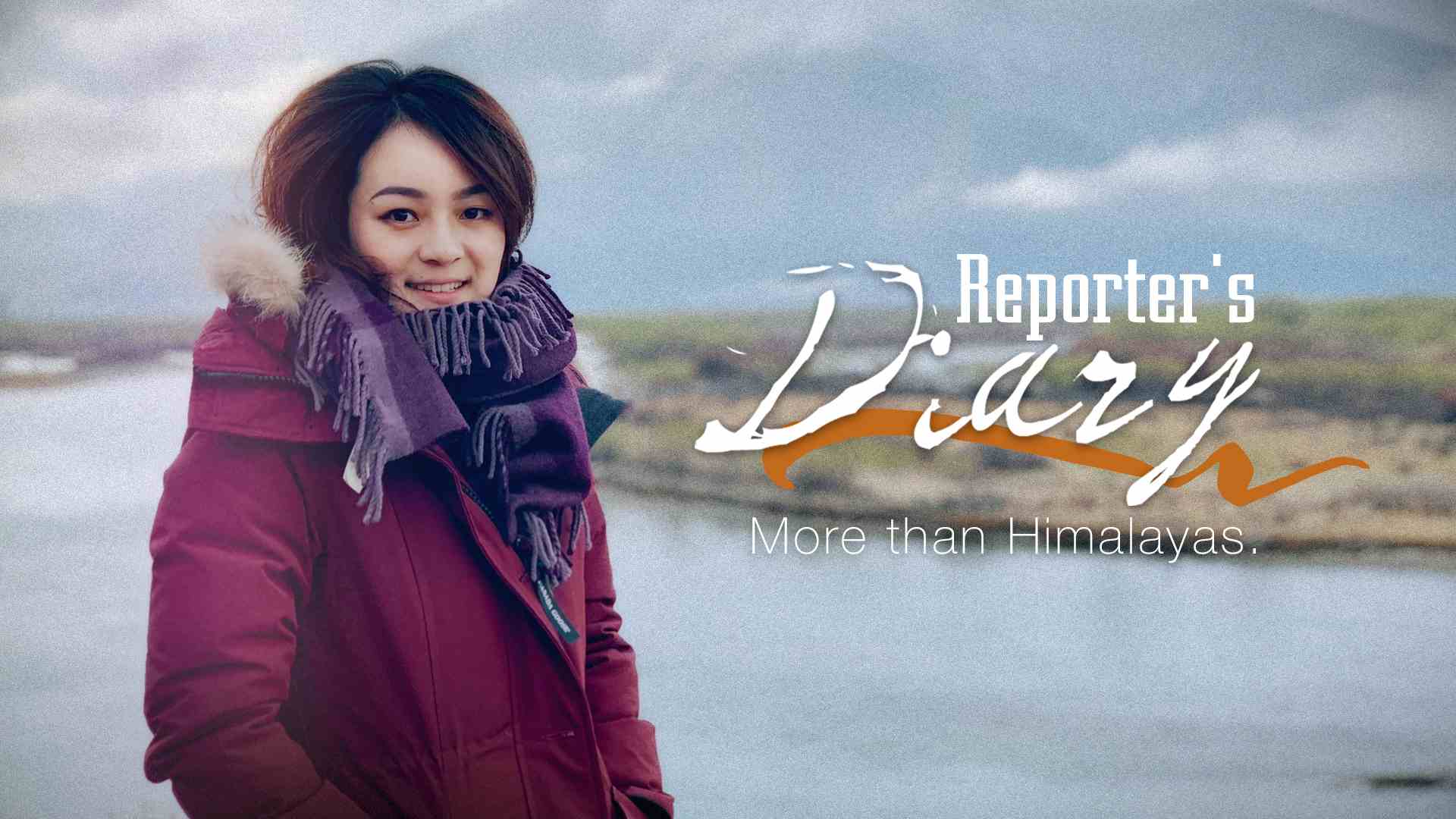
Traveling to Tibet Autonomous Region can sound extremely complicated at first, but after you've arrived, everything is worth it.
Dramatic snow-peaked mountains loom over the vast plains, zigzagging highways weave through high passes, colorful prayer flags draped almost every corner in remote areas while glittering turquoise lakes stand in the shadow of centuries-old glaciers.
People are scrambling for an insight into this faraway highland, so are we. The journey was incredible, a once-in-a-lifetime experience at the place called “the roof of the world.”
Nyingchi: Switzerland of the East
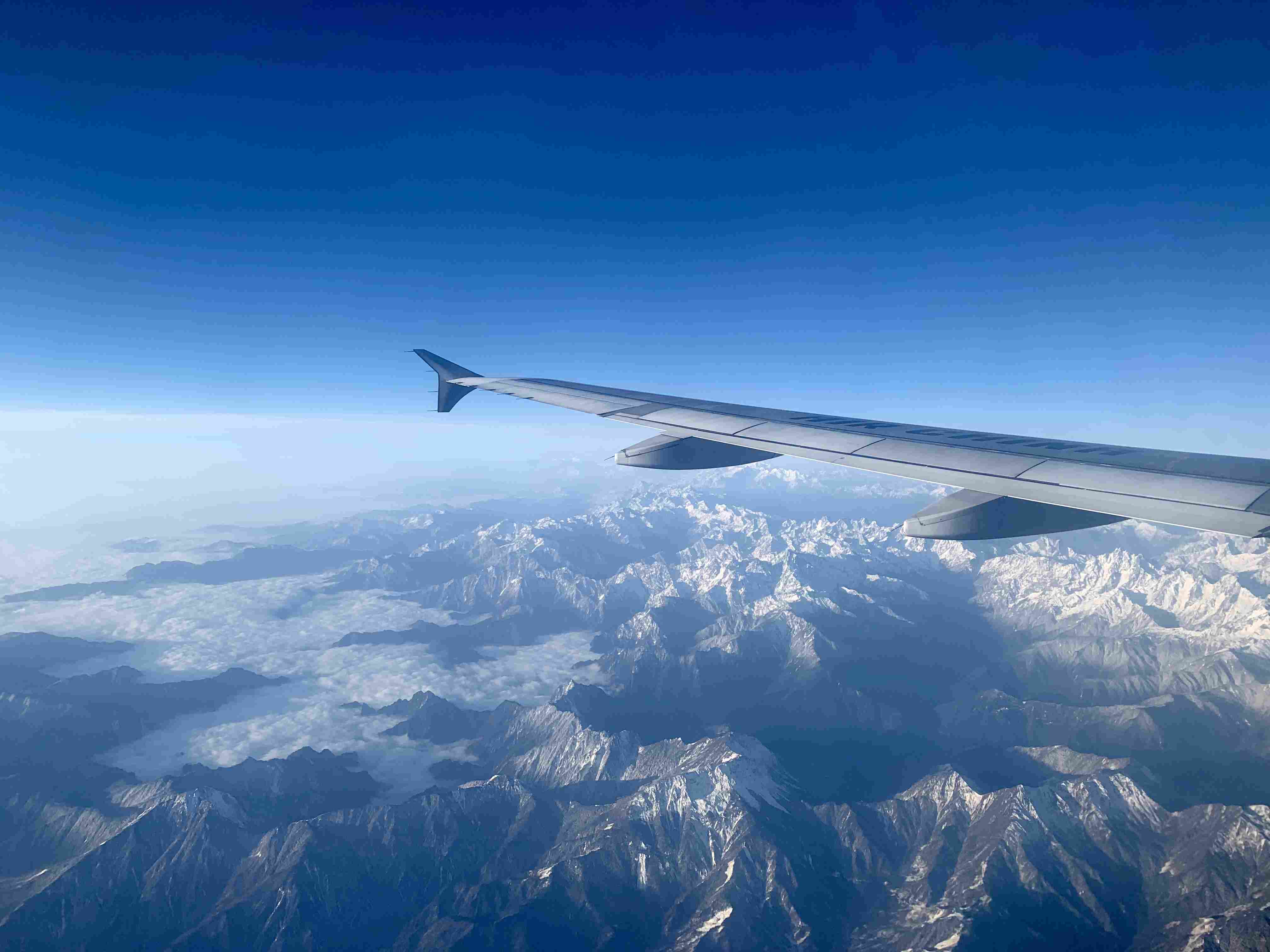
Flying over the Tibet plateau. /CGTN Photo
Flying over the Tibet plateau. /CGTN Photo
We started our journey from Capital Beijing, where most people are always talking about visiting Tibet. After 4 hours of flight, we landed in Nyingchi prefecture, which lies in the south of Tibet, middle and lower reaches of Yarlung Zangbo River, adjacent Lhasa in west.
Dubbed as the “Switzerland of Tibet,” it boasts beautiful scenery and a general tranquility. The peach blossom festival draws the most visitors here when spring approaches, usually falling between mid-March to mid-April.

Peach blossom festival yet to come in Nyingchi. /CGTN Photo
Peach blossom festival yet to come in Nyingchi. /CGTN Photo
We visited the peach blossom village in Bayi District, a 30-minute drive away from downtown. Flowers here were larger in size and darker in color, growing with green willows covered on the banks and waterfowl floating by.
Basomtso Lake
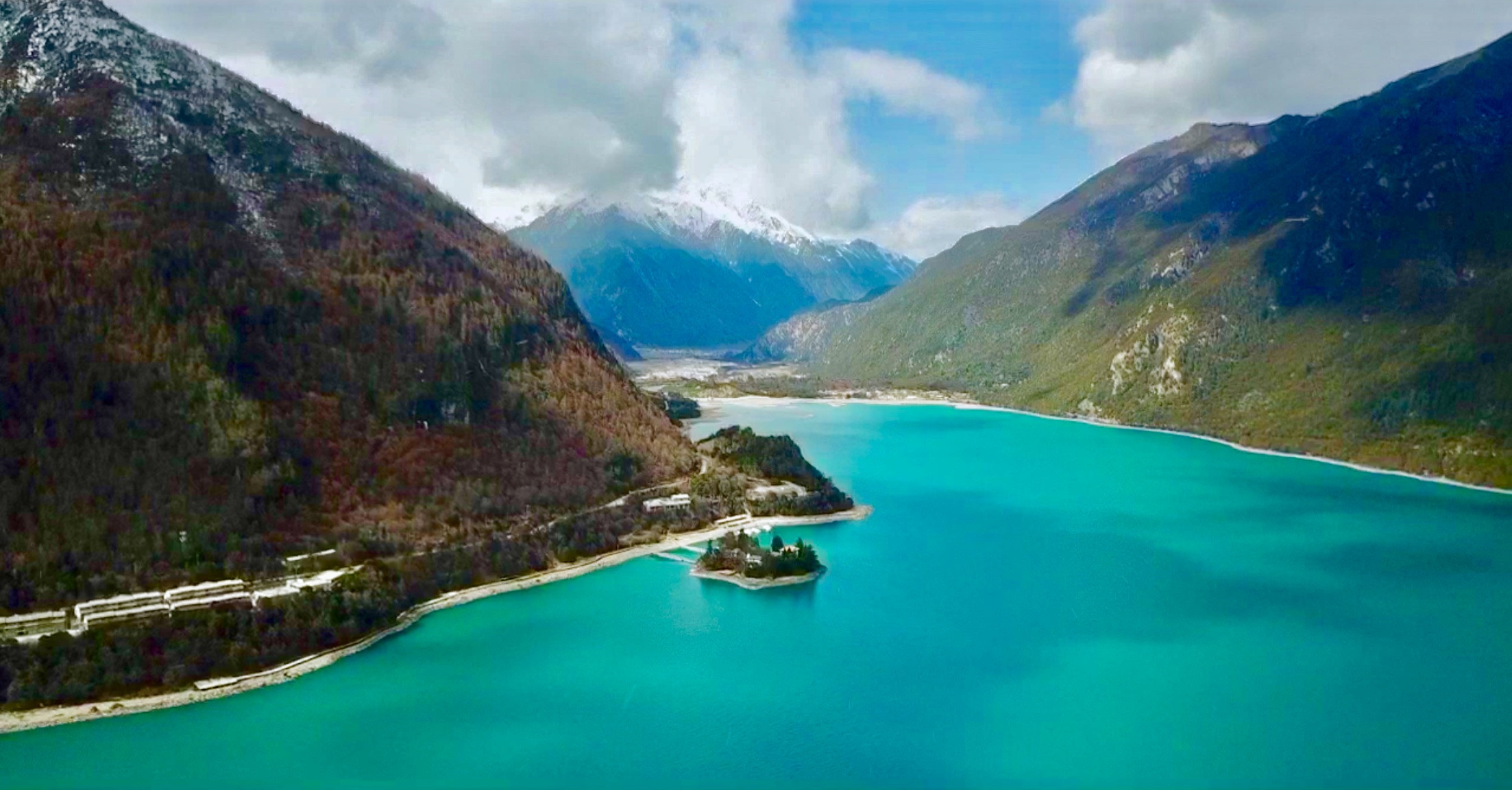
Drone view of Basomtso Lake. /CGTN Photo
Drone view of Basomtso Lake. /CGTN Photo
On the way to Lhasa lies one of the most beautiful places in Nyingchi prefecture, the stunning alpine lake- called Draksum Tsao in Tibetan, some 3,700 meters above sea level. The literal translation for the lake is Three Rocky Mountains Lake.
This charming lake, surrounded with profuse primeval forest, has lots of mythical stories related to amazing forests and chapels, so that local people see it as a sacred lake.
For photographers, this place is a paradise with beautiful reflections of snow-capped mountains on the lake.
The northwest bank of the lake features a tremendous stone. It has a hole allowing one person to pass, and legend suggests that passing through the hole is a way to cure disease and misfortunes.
Mon La Pass
00:32
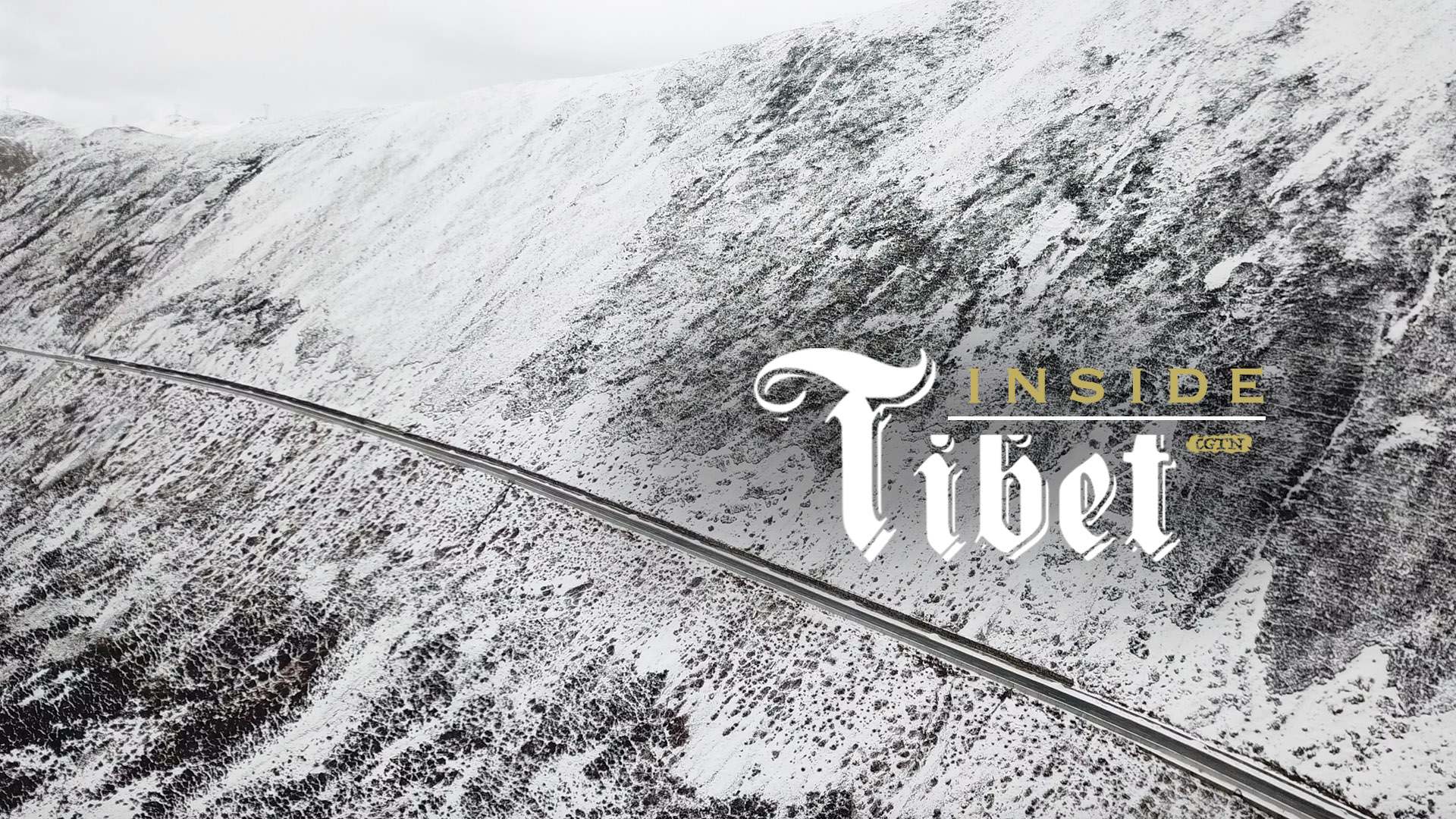
Leaving the lake, we made our way to Lhasa. Driving to Lhasa is something tiring but exciting, since it will give us time to settle in to the rhythm of the land. Halfway, we met Mon La pass, measuring some 5,000 meters above sea level, arguably the highest peak on China's national highway 318 is covered with snow.
Lhasa: Place of the gods
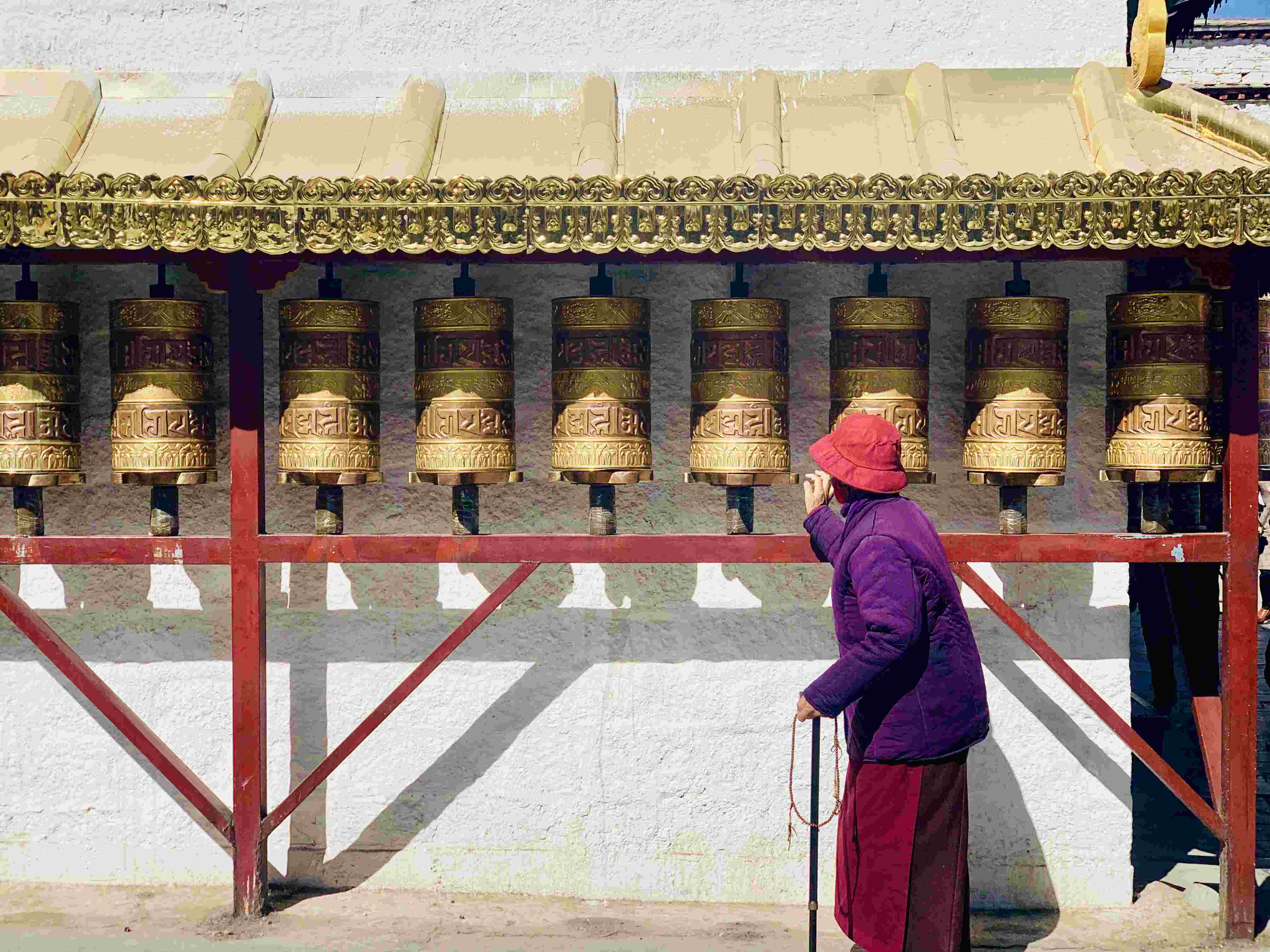
Prayer spins wheels. /CGTN Photo
Prayer spins wheels. /CGTN Photo
Lhasa, or place of the gods in Tibetan, is the capital city of Tibet Autonomous Region. The grandeur of the city's historic architecture, the isolated monasteries and magnificent mountains, make it well worth a couple of days to explore.
Sounds a bit cliché, but one's trip is never complete without seeing the Potala Palace when visiting Tibet.
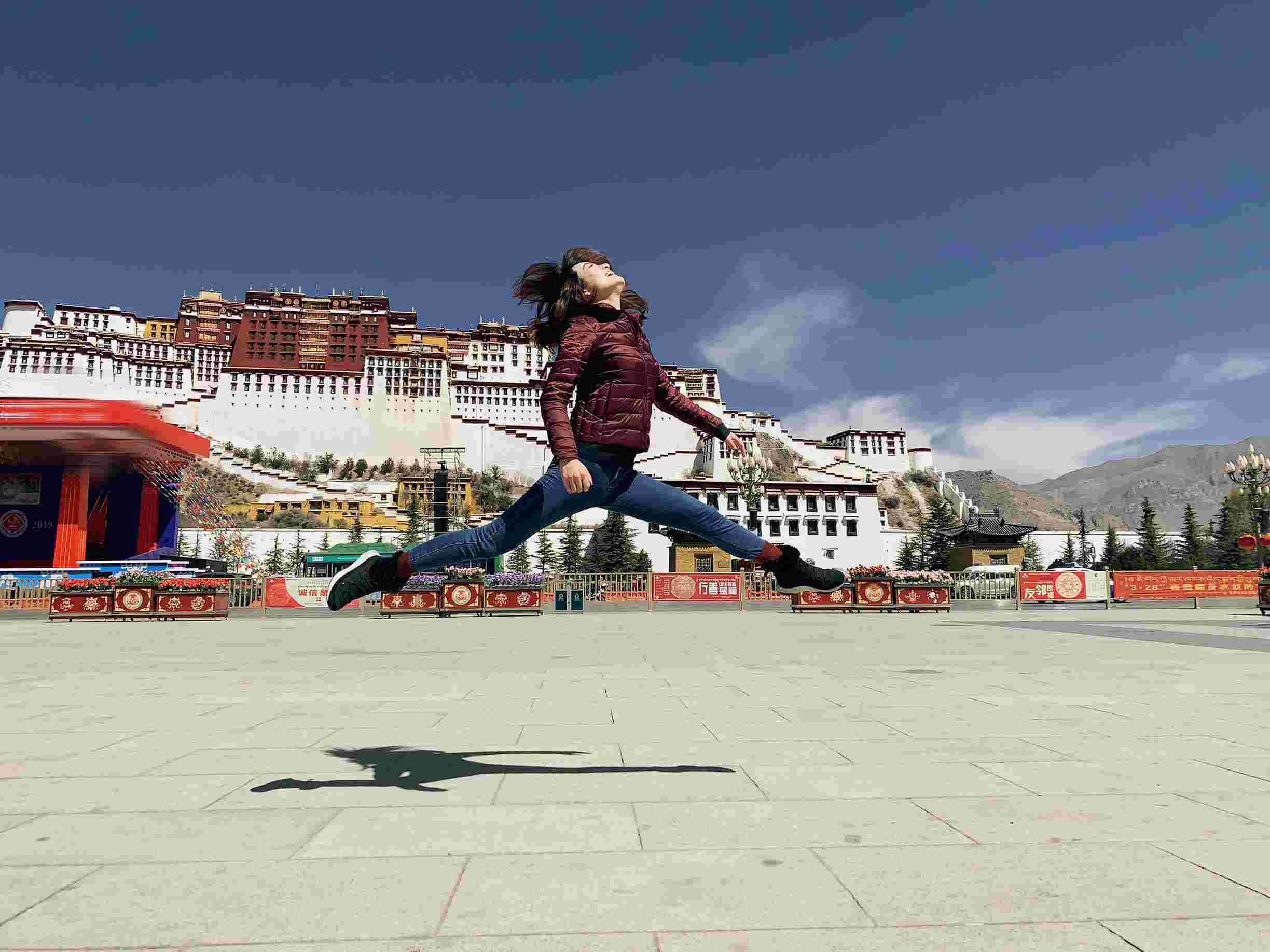
CGTN reporter in pursuit of a perfect Potala Palace picture. /CGTN Photo
CGTN reporter in pursuit of a perfect Potala Palace picture. /CGTN Photo
The massive 13-storey, 1,000 plus room complex is built on Red Mountain in the center of Lhasa, some 3,700 meters above sea level.
It is one of the most sacred destination on earth which originally built as a gesture of love, commissioned by Tibetan King Songtsen Gambo for his marriage to princess Wencheng during the Tang Dynasty. Today, it functions as little more than a national museum.
Still, the Potala Palace remains an iconic part of the region, even on earth, and a destination for Buddhists around the world. Many have traveled thousands of miles by foot just to pay their respects.
Jokhang Temple
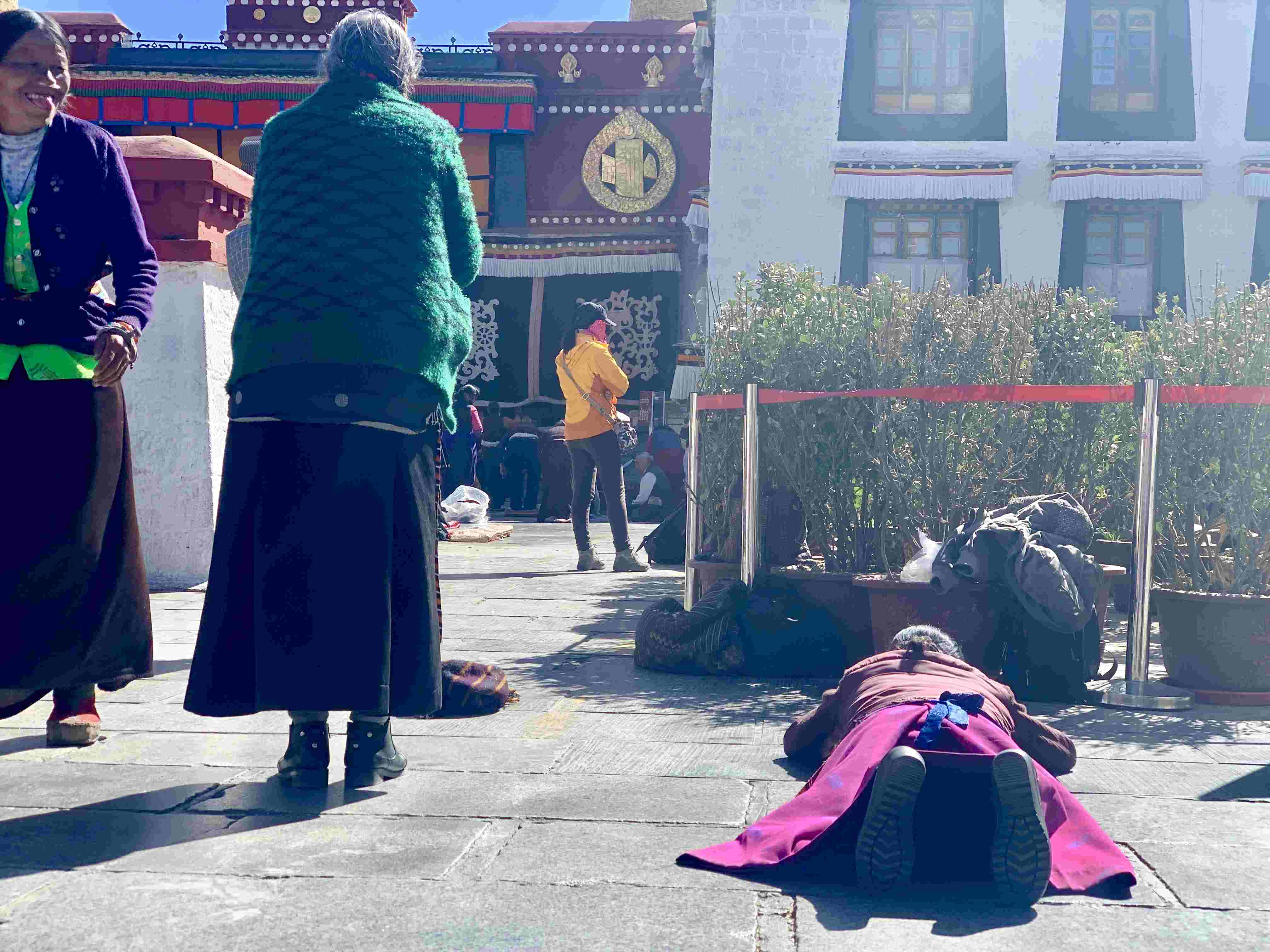
Pilgrims prostrate at the entrance of Jokhang Temple. /CGTN Photo
Pilgrims prostrate at the entrance of Jokhang Temple. /CGTN Photo
The spiritual heart of Tibet and a revered place of Tibetan Buddhist pilgrimage, few places in the world would present such a grand tangible evidence other than the Jokhang Temple.
From morning through night, pilgrims prostrate at the entrance with full body praying, the most devout would spend hours in front of the temple. It is a timeless ritual and feast for the senses.
Visitors like me can soak up the sacred imagery, spin prayer wheels, make offerings, light yak butter candles, listen to monks chant, and breathe the air thick within incense.
We met lovely souls along the way
No matter what your interests are, your lasting memories of Tibet are likely to be the yak-butter tea offered by local residents, a feast enjoyed with a herding family or a bottle of Lhasa beer you shared in a tea house. Always ready with a genuine smile, and with excellent tolerance and openness of heart, the local people genuinely make visiting Tibet a great joy.

SITEMAP
Copyright © 2018 CGTN. Beijing ICP prepared NO.16065310-3
Copyright © 2018 CGTN. Beijing ICP prepared NO.16065310-3